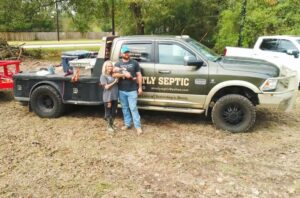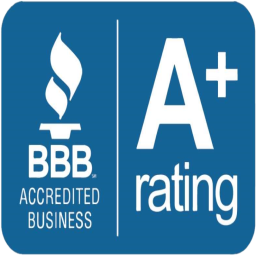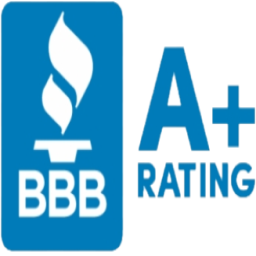Aerobic septic systems represent a robust solution for waste management in areas lacking access to municipal sewage systems. Particularly effective in treating sewage, these systems utilize oxygen to break down organic matter more thoroughly than traditional anaerobic systems. This article delves into the mechanics, benefits, and considerations associated with aerobic septic systems, providing a comprehensive guide for homeowners and businesses considering this eco-friendly technology.
What is an Aerobic Septic System?
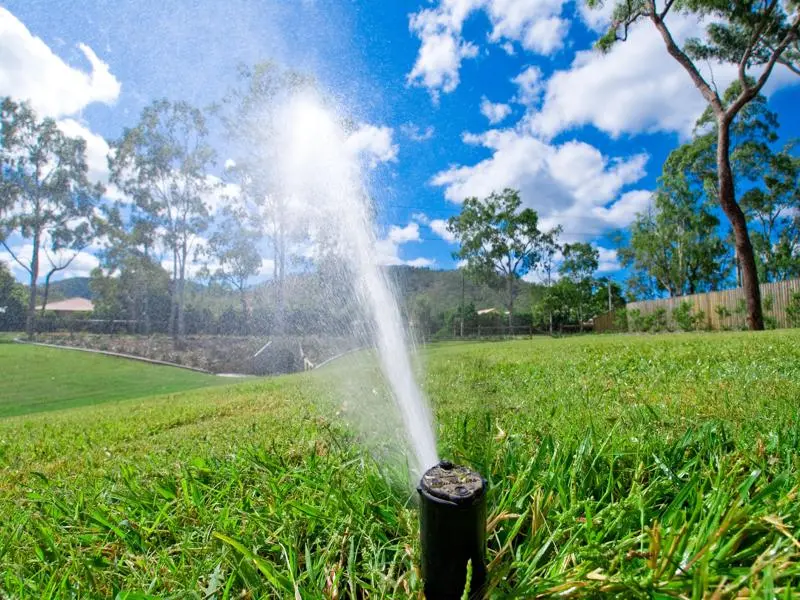
An aerobic septic system functions by using forced air to promote the growth of aerobic bacteria, which efficiently breaks down sewage in the treatment tank. Unlike conventional systems that rely on anaerobic processes, these systems include three main components: a trash tank, treatment plant, and dispersal system, which together ensure a higher level of effluent treatment.
Components of the System
- Trash Tank: This compartment acts as the initial point of entry for wastewater, where heavy solids settle to the bottom and lighter substances like oils rise to the top.
- Treatment Plant: Aerobic bacteria thrive in this chamber, digesting organic materials in the presence of oxygen, which is supplied by mechanical aerators.
- Dispersal System: Typically consisting of a pump tank and a drain field, the treated water is finally dispersed into the ground or evaporated, depending on local regulations and system design.
Benefits of Aerobic Systems
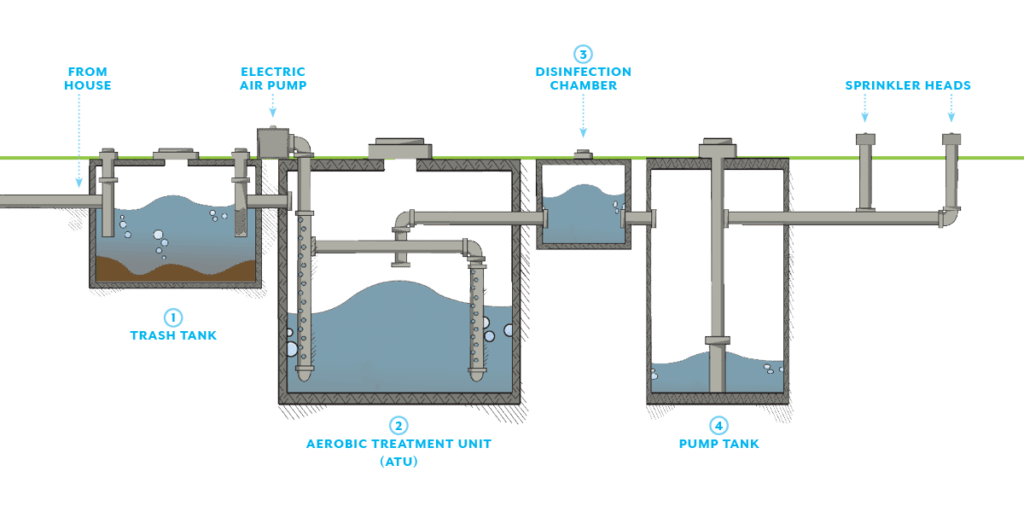
Aerobic septic systems offer several advantages over their anaerobic counterparts:
- Higher Efficiency: They treat sewage to a higher standard, reducing environmental impact and potentially meeting stricter regulatory requirements.
- Reduced Odor: Aerobic treatment reduces the production of foul-smelling gases.
- Flexible Site Placement: Better effluent quality allows for installation in areas with higher water tables or poorer soil conditions.
Detailed insights into the benefits and limitations of different septic system types can be found on Septic Service Texas’s comprehensive guide.
Considerations and Maintenance
While aerobic systems are highly effective, they require regular maintenance to function optimally:
- Regular Inspections: Components such as pumps and aerators need periodic checks to ensure functionality.
- Pump Outs: The trash tank should be pumped out regularly to prevent sludge buildup.
- Electrical Costs: Aerobic systems require continuous operation of electrical components, impacting overall costs.
Maintenance services tailored to aerobic systems are crucial for longevity and can be explored in depth at Septic Company Services.
Regulatory Aspects
Installation and operation of aerobic septic systems must comply with local regulations, which can vary widely. Homeowners should secure the necessary permits and adhere to local guidelines to ensure compliance and optimal operation. Learn more about the necessary permits at Septic Permit Information.
Conclusion
Aerobic septic systems offer a sustainable alternative to traditional septic systems, particularly in environmentally sensitive areas. By understanding the components, benefits, and maintenance needs of these systems, homeowners and businesses can make informed decisions that align with environmental and regulatory requirements.

